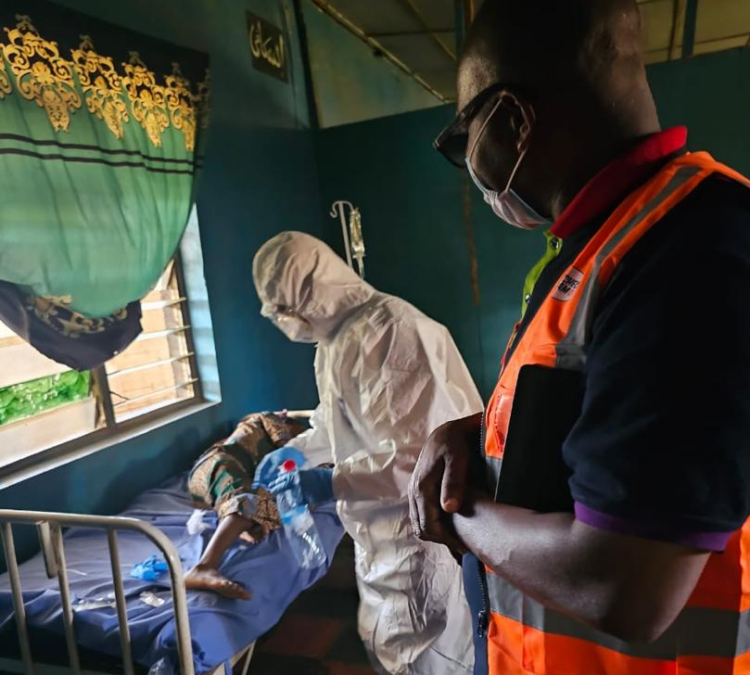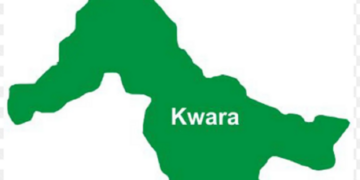Lassa fever has claimed at least 883 lives in Nigeria in the last five years, with Edo, Ondo, Bauchi, Taraba, and Ebonyi states consistently bearing the brunt of infections.
Health experts have expressed concern over the country’s lack of urgency in tackling the disease, warning that Lassa fever will continue to resurface annually without a multi-sectoral, science-driven, and community-focused approach.
As of Week 31 this year, 21 states have reported at least one confirmed case across 105 local government areas. The five worst-hit states – Ondo (33%), Bauchi (23%), Edo (17%), Taraba (14%), and Ebonyi (3%) – accounted for 90% of all confirmed cases.
The disease has mostly affected people aged 21–30 years, with the age range spanning from one to 96 years. The male-to-female ratio is 1:0.8.
The NCDC noted that suspected and confirmed cases this year are lower compared to 2024, with no health worker infection recorded in the latest reporting week.
In 2024, Nigeria recorded 1,309 confirmed cases from 10,098 suspected cases, with 214 deaths and a CFR of 16.3 per cent, slightly lower than 2023’s 17.9 per cent.
Ondo (31%), Edo (22%), and Bauchi (19%) made up 72 per cent of cases, while 28 per cent were spread across 25 other states. A total of 28 states reported at least one confirmed case across 139 LGAs.
The year 2023 saw 1,270 confirmed cases from 9,155 suspected cases, with 227 deaths. The CFR stood at 17.9 per cent.
Edo accounted for 27 per cent of confirmed cases, Ondo for 34 per cent and Bauchi for 15 per cent together making up 76 per cent of cases nationwide. Two healthcare workers were infected in the final reporting week.
In 2022, there were 1,055 confirmed cases from 8,128 suspected cases, with 184 deaths and a CFR of 17.4 per cent
Ondo (33%), Edo (25%), and Bauchi (14%) again accounted for the majority — 72% – of confirmed cases. One healthcare worker was infected that year.
The year 2021 recorded 510 confirmed cases from 4,654 suspected cases, but the CFR was high at 20 per cent with 102 deaths.
Edo State accounted for 42 per cent of cases, Ondo for 34 per cent, and Bauchi for 8 per cent totaling 84 per cent of national infections.
A professor of Virology, Oyewale Tomori, criticised the lack of urgency in addressing the disease, saying “We have been toying with Lassa fever, never considering it a major public health issue. Until we do so, it will continue to rage and ravage our communities.”
Tomori called for targeted public education, warning that generic advice like “don’t eat bush meat” is insufficient. He also decried the fact that only 10 per cent of suspected cases are laboratory-confirmed, urging a total overhaul of the country’s diagnostic systems.
Similarly, Dr. Oladipo Kolawole, an associate professor of infectious disease and genomics at Adeleke University, stressed the need for sustained investment in diagnostics, community engagement, and local research leadership. He advocated leveraging technology, traditional knowledge, and policy enforcement for lasting control.
Public health expert, Dr. Ozy Okonokhua, highlighted environmental risk factors, pointing to rodent infestation in dirty surroundings and unsafe food storage. He warned that awareness campaigns are largely urban-focused, leaving rural communities where the disease burden is highest poorly informed.
While the NCDC’s multi-sectoral Incident Management System has been reactivated to coordinate response activities, experts agree that technical coordination alone is insufficient. Until diagnostic gaps, rural outreach, and environmental sanitation are prioritised, Nigeria risks facing a seasonal resurgence of a preventable disease.











